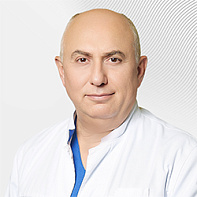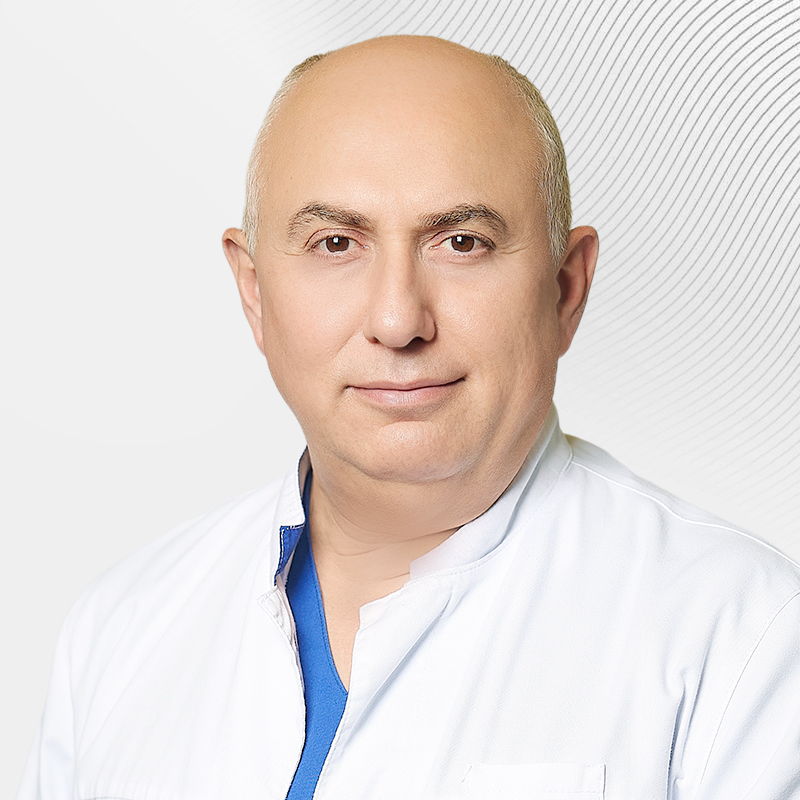Treatment of hemophthalmos
Vitreous hemorrhage (hemophthalmos) is a disease caused by rupture and bleeding from retinal vessels. Depending on the volume of blood shed, there are three degrees of hemophthalmos: partial, widespread and total, in which the vitreous body is flooded with blood by 25, 50 and more than 50%, respectively.
Symptoms of hemophthalmia
The clinical picture depends on the volume of blood poured into the vitreous body.
The patient may complain of cloudy and cobweb-like shadows in the field of vision, "fog" in front of the eyes. Clotted blood clots in the vitreous body lead to shifting shadows in the field of vision.
With a small hemorrhage, the patient complains of the sudden appearance of floating opacities, red or black dots. With more severe hemorrhages, there is a sudden loss of vision, including light perception.Hemophthalmos is often preceded by “flashes” and “lightning” in the field of vision.
Causes of hemophthalmos
Pathology can occur against the background of:
- increased blood pressure;
- fluctuations in blood glucose levels;
- retinal injuries;
- retinal rupture.
The most common causes of hemophthalmia in the elderly are:
- posterior vitreous detachment (with or without retinal rupture) (38%);
- proliferative diabetic retinopathy (32%);
- proliferative retinopathy after retinal vein thrombosis (11%)./p
Diagnosis of hemophthalmos
Diagnosis of hemophthalmos of the eye begins with a vision check and an eye examination using a slit lamp. Blood suspension, floating opacities, and blood clots are detected in the vitreous body on a slit lamp. Various degrees of visual impairment can be detected, from minor to complete loss of vision. A full examination of the fundus is not always possible, as hemorrhage interferes. Nevertheless, in the areas of the retina that are accessible to examination, it is possible to detect ruptures that caused hemophthalmos.
Ultrasound examination of the eyeball is an important research method that allows you to get a complete picture of the condition of the vitreous body and the latent retinal hemorrhage. According to his data, it is possible to judge the volume of blood poured into the vitreous body and the presence of concomitant retinal detachment.
Treatment of hemophthalmia
In the treatment of hemophthalmos, the timeliness and intensity of measures that can prevent the progression of intraocular hemorrhage and the formation of gross changes in the vitreous and retina are of great importance. It should be borne in mind that the altered vitreous body creates conditions for the development of such a serious complication as retinal detachment with irreversible loss of vision.
The EMC Ophthalmology Clinic provides effective treatment of partial hemophthalmos using local injections of the Hemase enzyme. Under the influence of this enzyme, not only does the resorption of outpoured blood in the vitreous and retina accelerate, but also the permeability of the walls of blood vessels normalizes, blood circulation and oxygen supply to the eyeball tissues improves, and the size of areas of local retinal anemia (ischemia) decreases.
One of the most radical and effective methods of treating hemophthalmia in retinopathy is vitrectomy. This is a surgical procedure during which an ophthalmologist-surgeon removes pathological formations from the vitreous body, restores its transparency and improves the visual functions of the eye.
Advantages of contacting the EMC
- The EMC has all the necessary equipment for the rapid and comprehensive diagnosis of any ophthalmic diseases: Abbott iDesign System, Ziemer Galilei G6 and other devices of the latest generation.
- For the treatment of hemophthalmos, the clinic has installed a combined phaco-vitreo machine Constellation Vision System from Alcon. It allows the doctor to perform rapid removal of the vitreous body through micro punctures of the eye, while monitoring the level of intraocular pressure and performing endolaser coagulation of the retina during surgery.
- Vitreoretinal surgeons at the EMC Ophthalmology Clinic have extensive experience in performing complex operations such as vitrectomy and treating complete and partial hemophthalmos.
- We provide medical care to adults and children.
Get help
Specify your contacts and we will contact you to clarify the details.
Doctors

Elias Raid
Head of the EMC Ophthalmology Clinic, Ph.D. of Medical Sciences
-

Dmitriy Arzhukhanov
Ph.D. of Medical Sciences
-

Alfiya Bedredinova
Doctor of the highest category
-
.jpg)
Natalya Shilova
Ph.D. of Medical Sciences
-

Anna Semitko
-
.jpg)
Sergey Ignatiev
Ph.D. of Medical Sciences
-

Vitaliy Ivanov
-

Natalia Boscha
-

Oksana Levkina
Doctor of the highest category, Ph.D. of Medical Sciences
-

Viktor Makarov
Doctor of the highest category, Ph.D. of Medical Sciences
-

Elmira Sultanova
Doctor of the highest category, Ph.D. of Medical Sciences
-
Elias Raid
Head of the EMC Ophthalmology Clinic, Ph.D. of Medical Sciences
- Performs vision correction surgery
- He graduated from the MNTC "Eye Microsurgery" named after S.N.Fedorov. He has interned in various foreign clinics
- He worked in foreign clinics: Moorfields Eye Hospital,Heidelberg University Hospital,Centre Hospitalier Universitaire de Bordeaux
Total experience
34 years
Experience in EMC
since 1996




